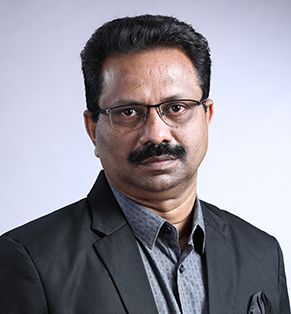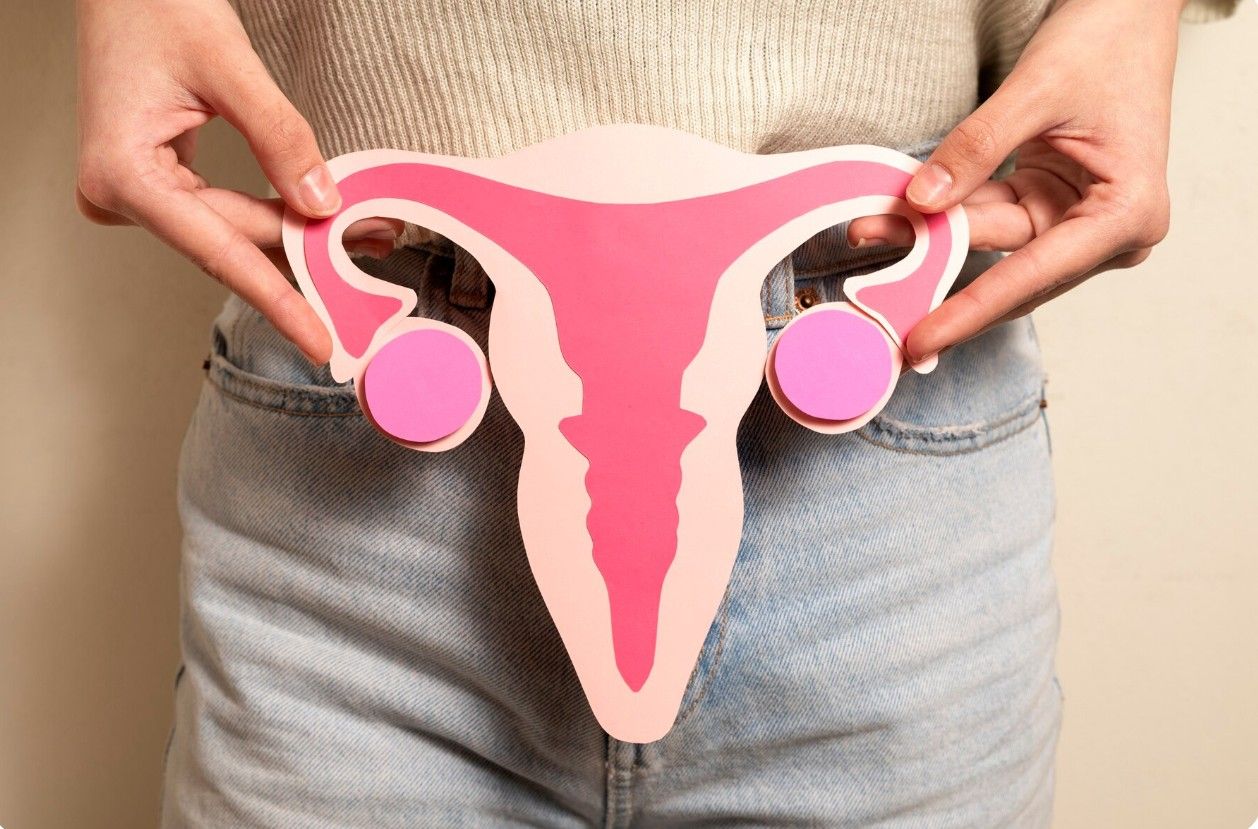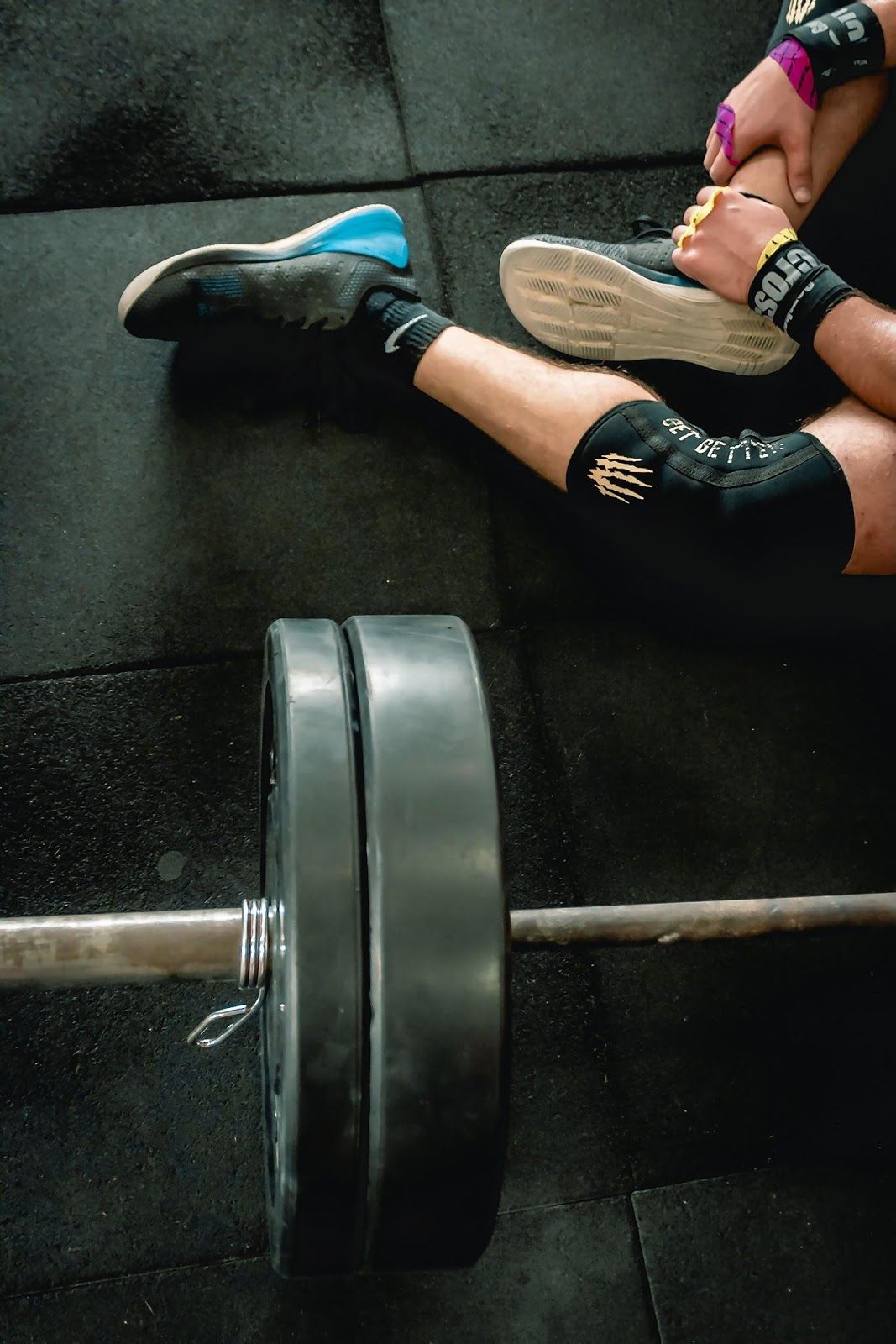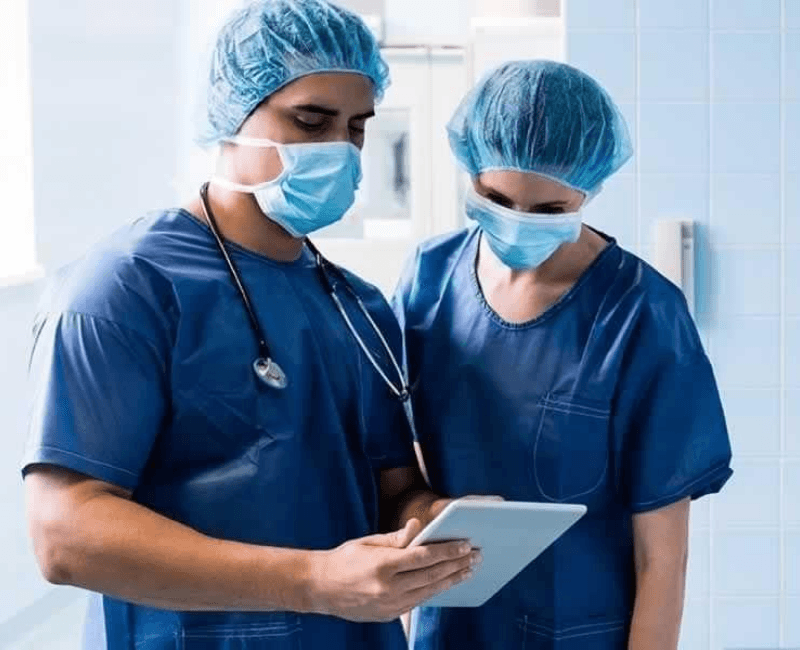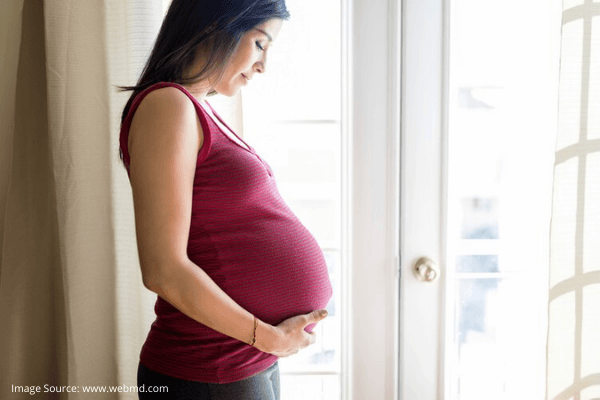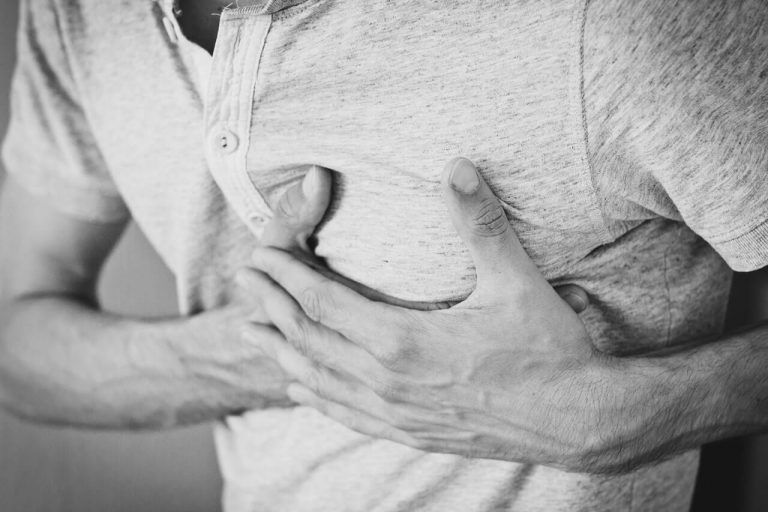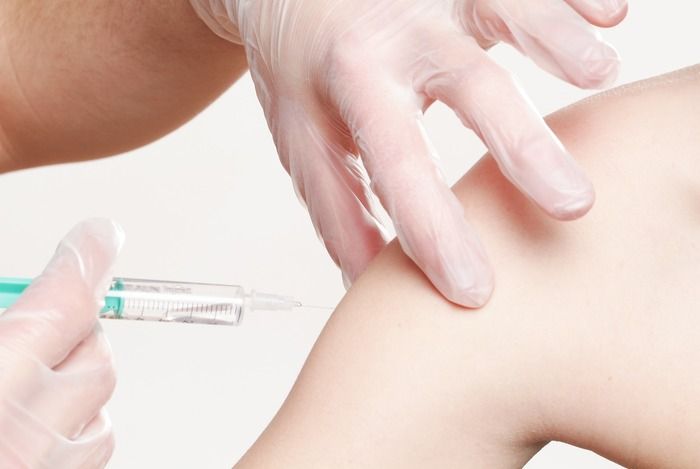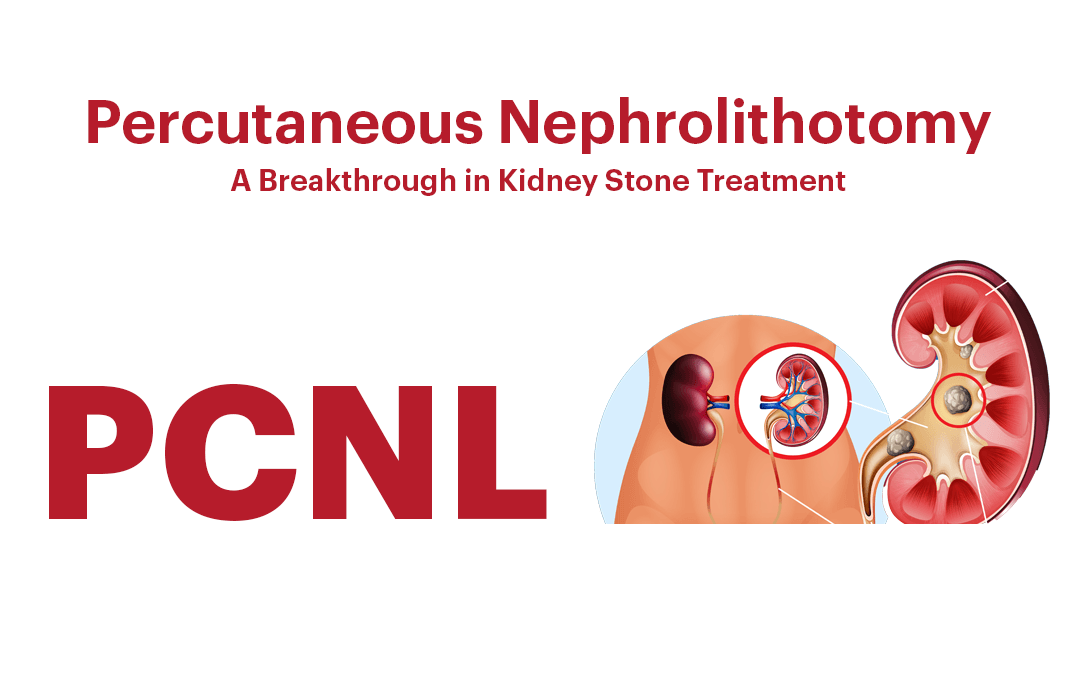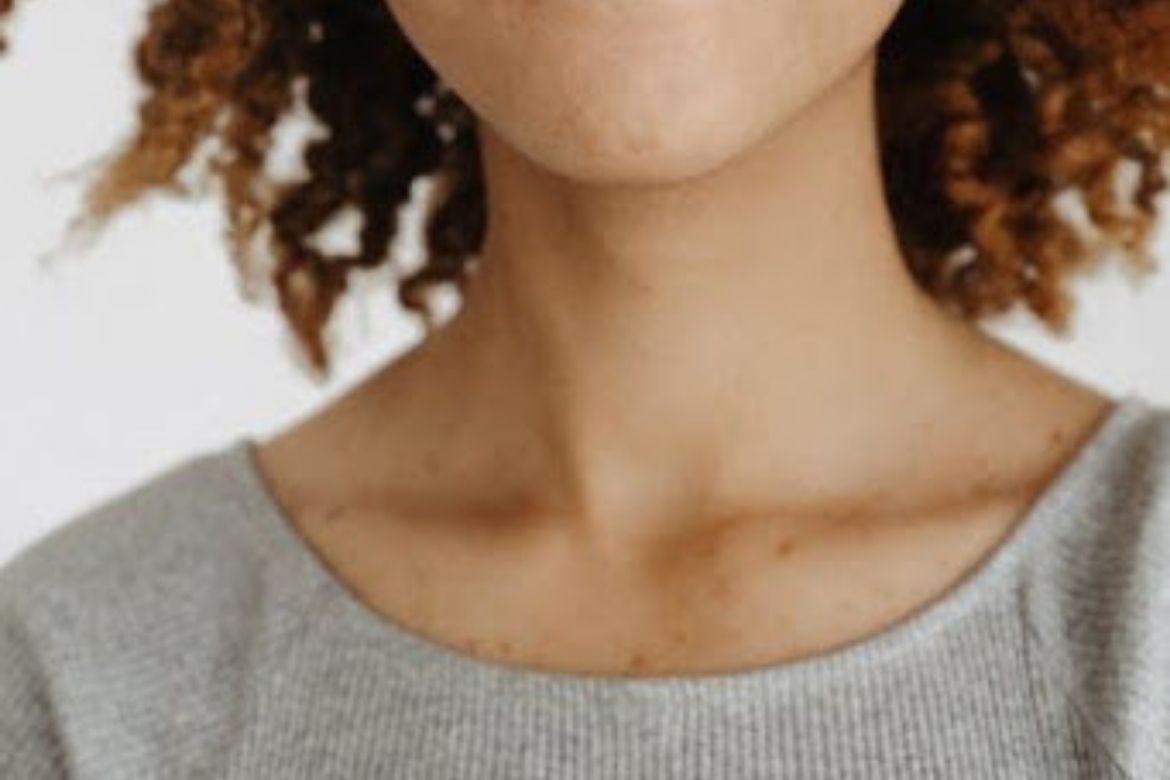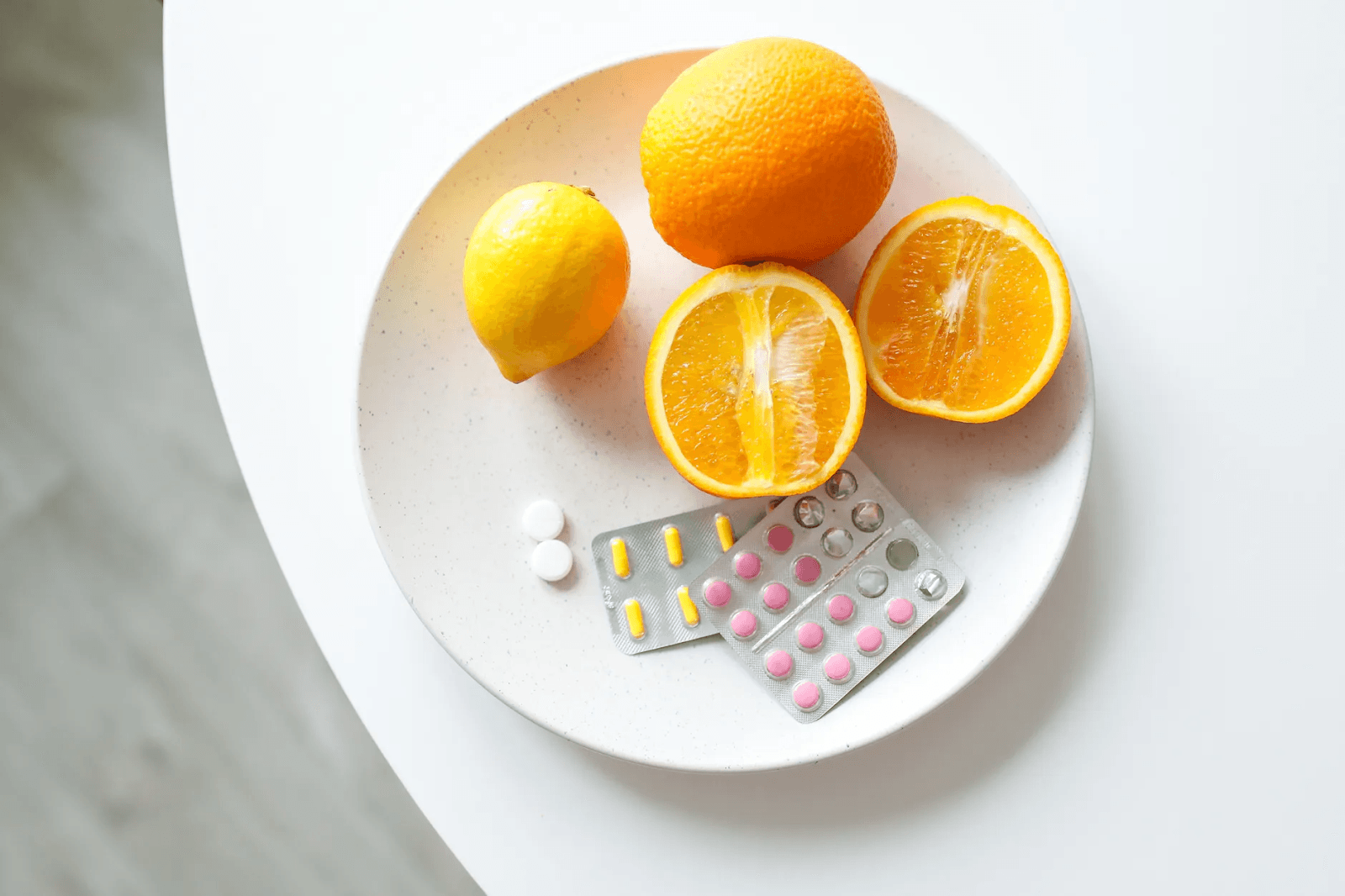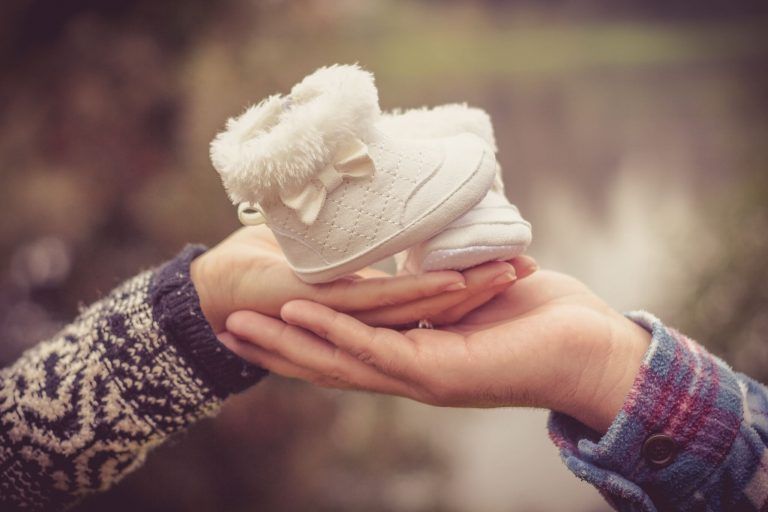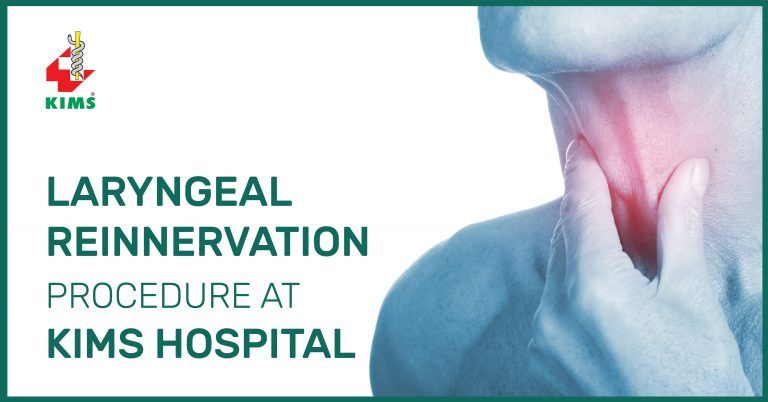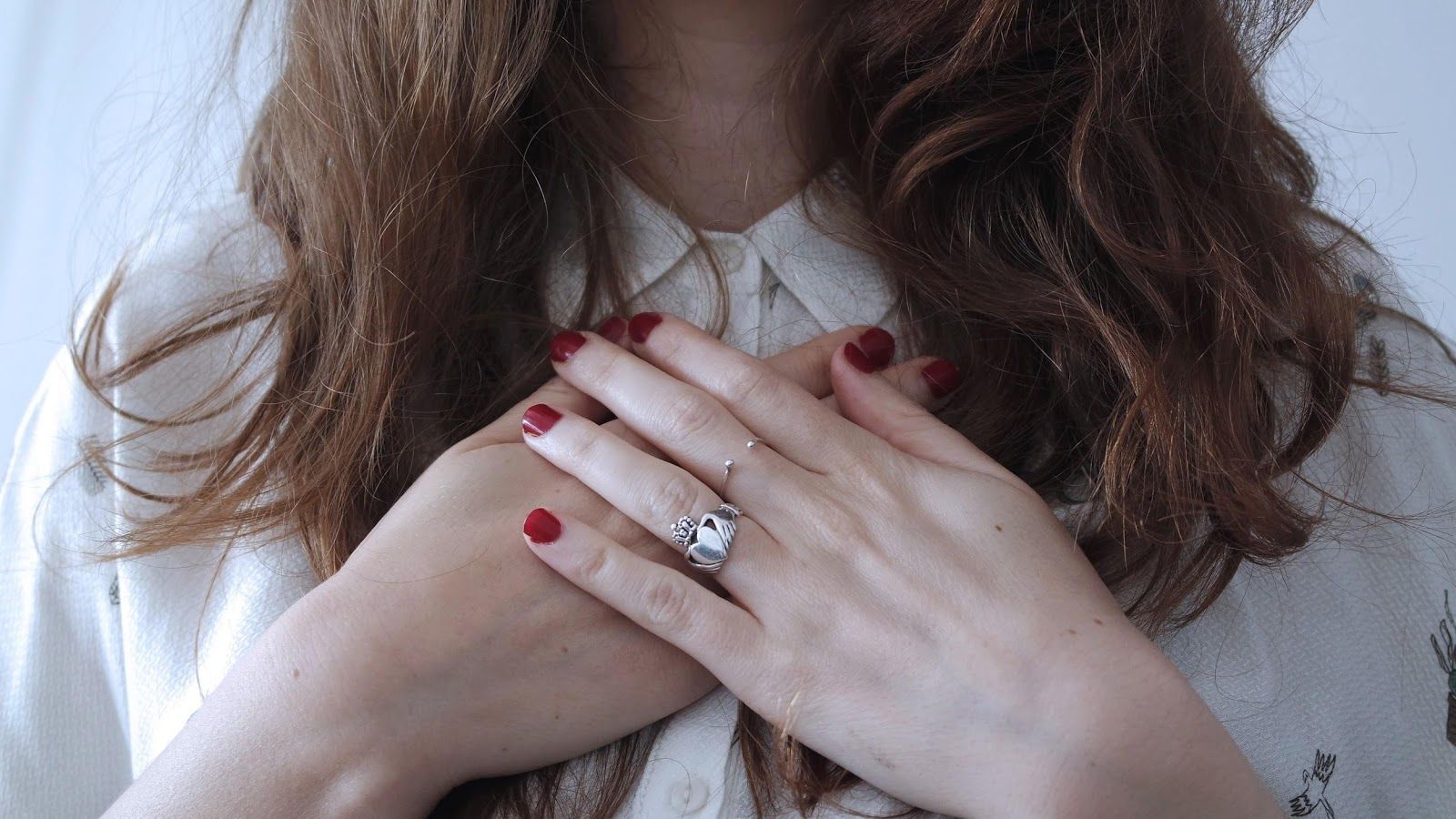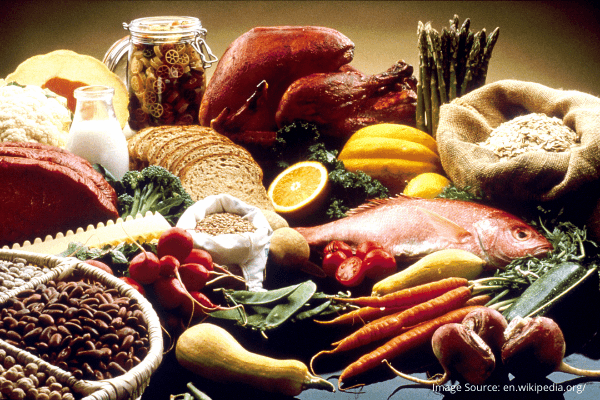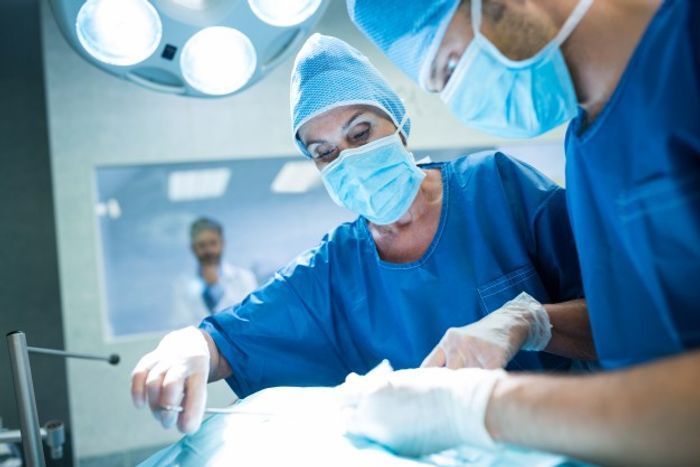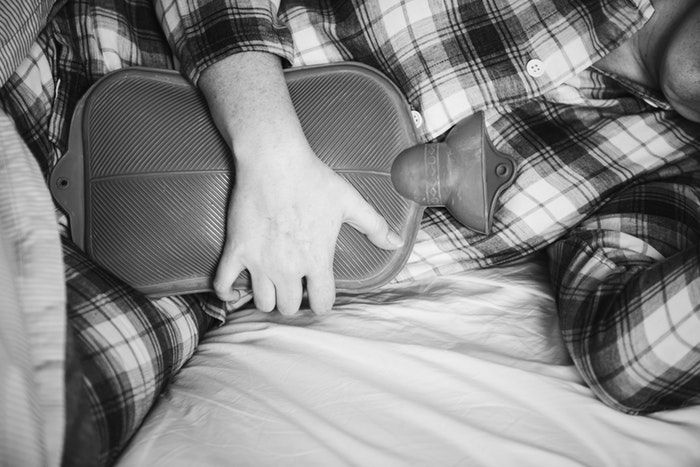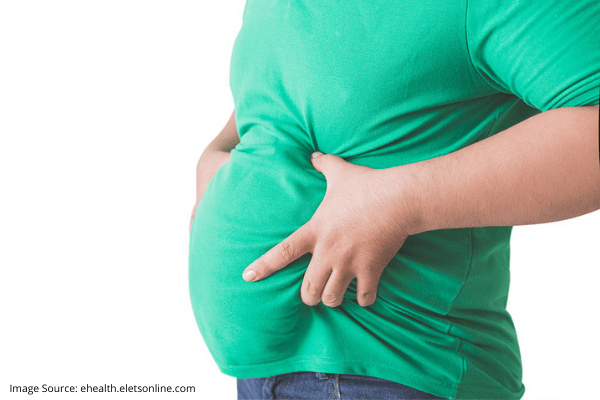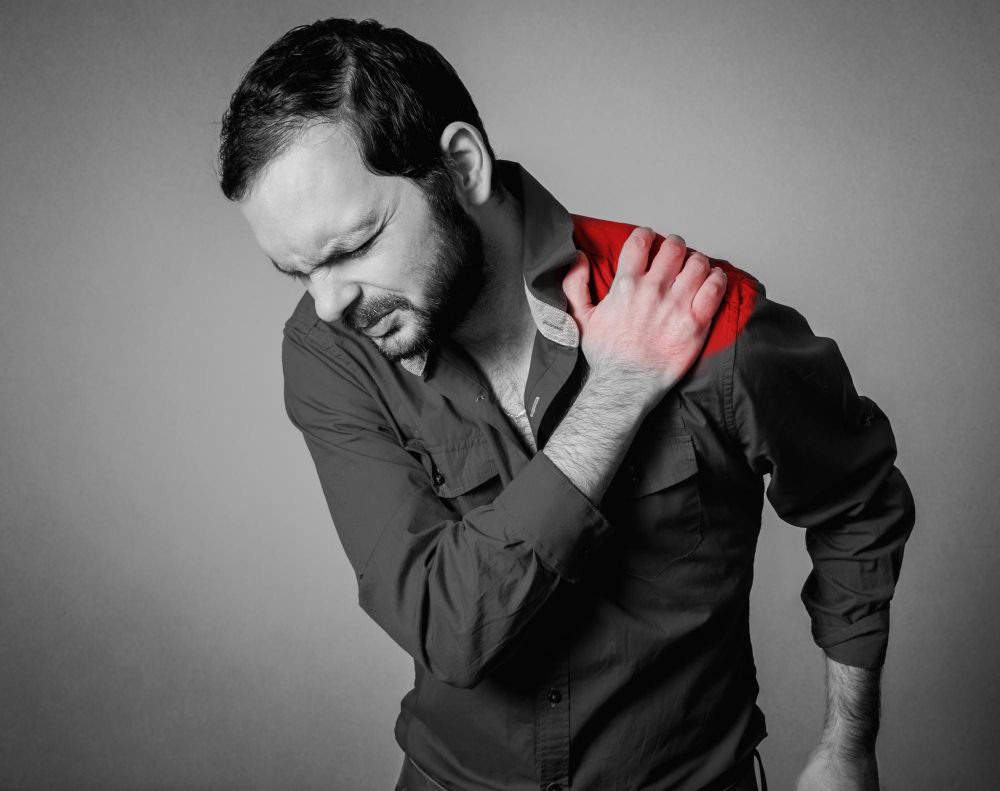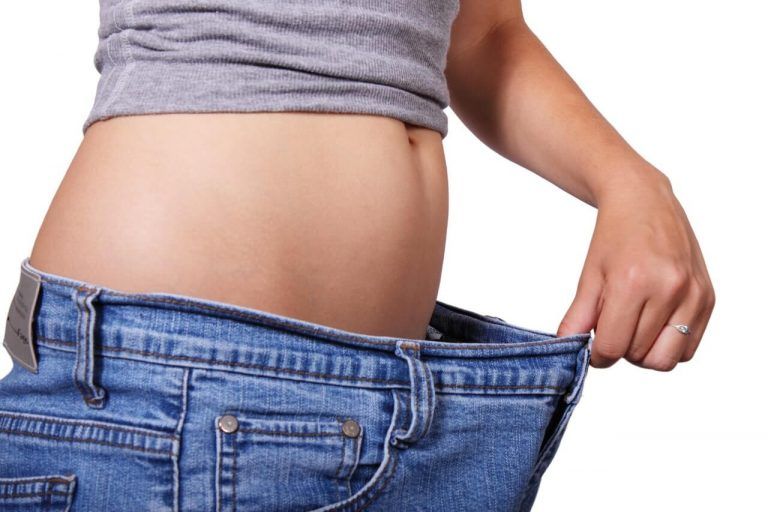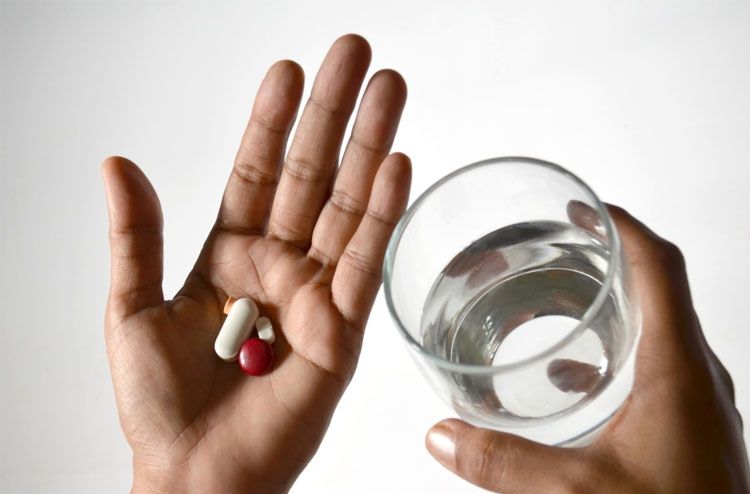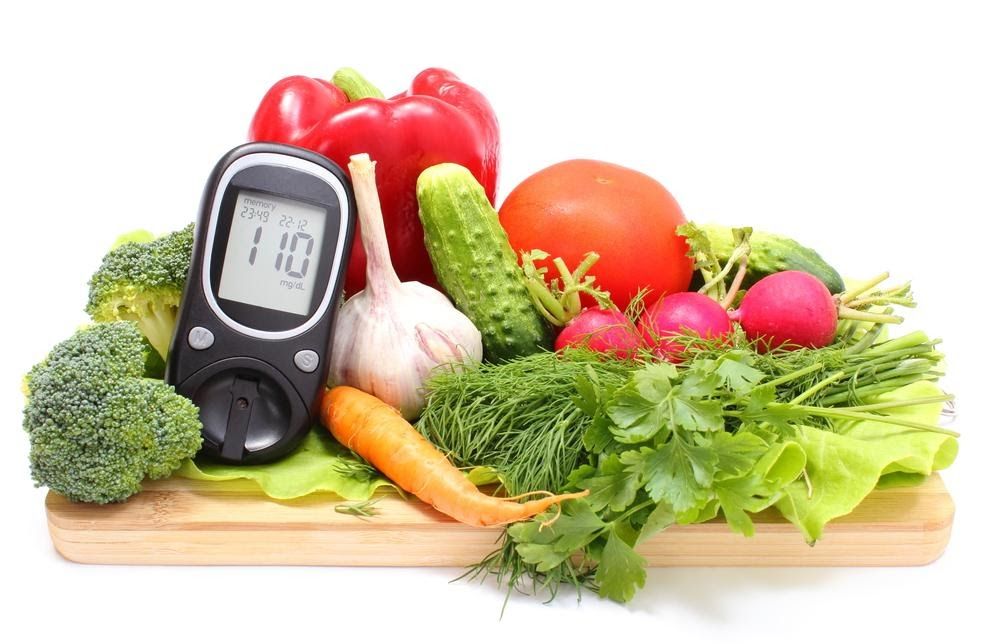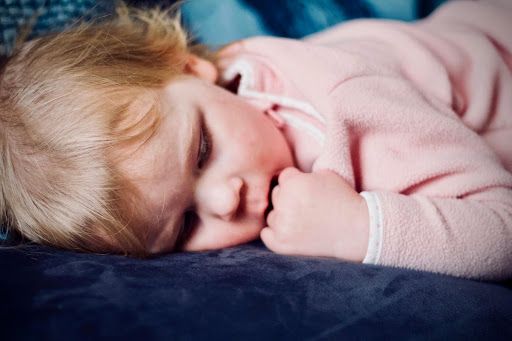Fibroids, their after-effects, and the treatment
Fibroids are abnormal growths which develop in or on the uterus. They are generally non-cancerous with most women not even aware of their presence in their body – i.e., they are symptomless. Fibroids are believed to be caused by a combination of factors including hormonal imbalances, pregnancy and family history. It’s estimated that about 70-80% of females get them before the age of 50 years.
Fibroids can be classified depending on their location:
- Intramural fibroids are the most common type and are located on the endometrium or within the lining of the uterus. They can lead to intense pain in some women and heavy menstrual bleeding.
- Subserosal fibroids form on the outer surface of the womb and though it doesn’t lead to excessive bleeding, it can lead to pelvic and back pain due to the extra pressure. It can also press onto surrounding organs like the kidneys and induce pain.
- Pedunculated fibroids are subserosal fibroids that have developed on a stalk and cause the fibroids to grow centrally into the uterine cavity. It gets really painful when the stalk gets twisted.
- Submucosal fibroids grow on the myometrium of the uterus, also known as the lining and tend to interfere with conceiving. They can also lead to heavy menstrual bleeding and if left unchecked, can lead to pregnancy problems, anaemia and feelings of fatigue; in some rare cases, the woman may even need blood transfusions.
The amazing thing about fibroids is that some are completely symptomless while others may cause extreme pain and prolonged and very heavy periods. They can also create pressure on other organs and the spine, affect your sex life and even cause you to urinate frequently. Sometimes their size can interfere in childbirth and create fertility issues too.
So what’s the treatment you ask? Treatment is based on the size and location of the fibroid as well as the health of the woman. It involves the use of medications to shrink the size of the fibroids to more manageable levels. To help in controlling pain and bleeding issues, you might be given birth control pills, IUDs or painkillers. However, these won’t eliminate the fibroids.
In cases of large multiple fibroids, a surgical incision of the abdomen is done to remove them. It can also be done laparoscopically. In case there is no improvement, a hysterectomy may be needed.
Some newer minimally invasive procedures that use high-energy, high-frequency sound waves, microwaves, electric current or lasers can all be employed to destroy these fibroids too. Alternatively, they can be destroyed by freezing through cryomyolysis.
Ten Effective Remedies That You Can Refer to When You Are Suffering from Muscle Cramps
Finally starting off with the gym life can get too overwhelming until you hit those muscle cramps along with the weights.
ICSI(Intra Cytoplasmic Sperm Injection)
Normally during every mid-menstrual period, one of the 2 ovaries releases an ovum. Each ovum is covered by a membrane called follicle,
Pregnancy and Delivery Care
Nothing could possibly compare to the joy of becoming a parent. After nine long months of waiting, the moment you have been waiting for is almost there:
Some Common Causes of Chest Pain
The first thing that jumps into the mind whenever you have some sort of chest pain is heart attack! It’s only human to feel that way
Organic Food Vs GMO Food: What Should You Pick?
There is no doubt that the quality of food we consume is crucial for our good health. And with more people becoming health conscious the d
Importance of Breastfeeding and Vaccinations for Newborns
Going nature’s way is best when it comes to providing nourishment for the apple of your eye – your baby. Breast milk is best for your baby as it
Percutaneous Nephrolithotomy (PCNL): A Breakthrough in Kidney Stone Treatment
Kidney stones, those small, hard mineral deposits that form in the kidneys, can cause excruciating pain and discomfort.
Skin Tags - Benign Tumor or Cancerous Tumor?
Skin tag if observed is a narrow stalk that hangs about your skin, bulging at the end. They are usually freshly colored and can grow anywhere on your body.
3 Ways Vitamin C is Helpful for the Immune System
The water-soluble vitamin, Vitamin C is also known as ascorbic acid. It is helpful in building up the blood vessels, skins, and making bones stronger
4 Signs of Mental Illness
As life has gotten fast and hectic, different health issues have got introduced lately. Not just physical issues,
4 Ways Night-Shifts Can Be Dangerous For Your Menstruation And Ovulation
A good night's sleep is of value for pregnant women. But with strenuous work-hours and shift work, sleep can quite a luxury for all.
Causes Of Infertility in Women
More and more women are putting off pregnancy till well into their 30’s or early 40’s for career reasons; infertility is fast becoming a major heartbreaking issue for such couples.
Do Not Indulge in These 9 Common Dieting Mistakes
Dieting is not just about eating less or starving yourself to meet unrealistic goals. Healthy dieting involves making informed food choices.
Laryngeal Reiinervation Procedure at KIMS Hospital
Mr. K.P 56-year-old business executive from Bangalore underwent a thyroid surgery two years back.
Learn How Stress Affects Your Heart Health
Stress is a frequent side effect of the modern 21st Century lifestyle. We’re always running around to meet deadlines, pay bills we tend to
Lose Weight: The Healthy Way
Almost everyone we know is worried about the way they look. There are several concerns people have, like their complexion
Myths About Bariatric Surgery
Bariatric surgery – be it the gastric bypass and other weight-loss surgeries – involve making changes to your digestive system to help you lose weight.
Non-alcoholic Fatty Liver Disease: Should You be Worried?
A recent study has found that 1 in 5 people in India suffers from liver disorders. Before you blame it on the increased alcohol consumption
Obesity and its Relation to Type 2 Diabetes
Diabetes is a condition that arises when the body doesn’t produce enough insulin,, hence there is excess glucose in the blood
Rotator Cuff Tear
A rotator cuff tear is a rotator cuff injury that can cause shoulder pain and loss of arm function. The rotator cuff is a set of muscles and tendons in your shoulder.
What Happens to Your Body When You Fast?
Fasting has been practised by humans for thousands of years as a way of rejuvenating the mind, body and soul and as a common ritual of many religions from all over the world
Why You Shouldn’t Consume Medicines with Cold Water
There has been a long-raging debate on the temperature of water needed for consuming medications. You won’t find much as in research papers
10 Tasty Delicious Diabetic-Friendly Recipes
Worry about it no more, as a healthy diabetic diet does not have to be bland. Instead, you can enjoy a myriad of flavorful, low-calorie
4 Not So Common Health Problems in Teenagers
The current generation of teenagers have far more access to technology and gadgets than their parents did.
4 Secrets to Adjusting Your Toddler's Sleep Cycle
Most of the parents, some time or the other, may have faced the trouble of making their toddlers sleep at night.
Related Blogs
Ten Effective Remedies That You Can Refer to When You Are Suffering from Muscle Cramps
Finally starting off with the gym life can get too overwhelming until you hit those muscle cramps along with the weights.
ICSI(Intra Cytoplasmic Sperm Injection)
Normally during every mid-menstrual period, one of the 2 ovaries releases an ovum. Each ovum is covered by a membrane called follicle,

